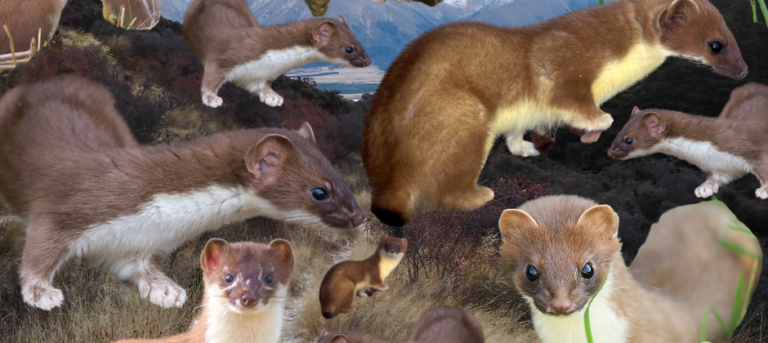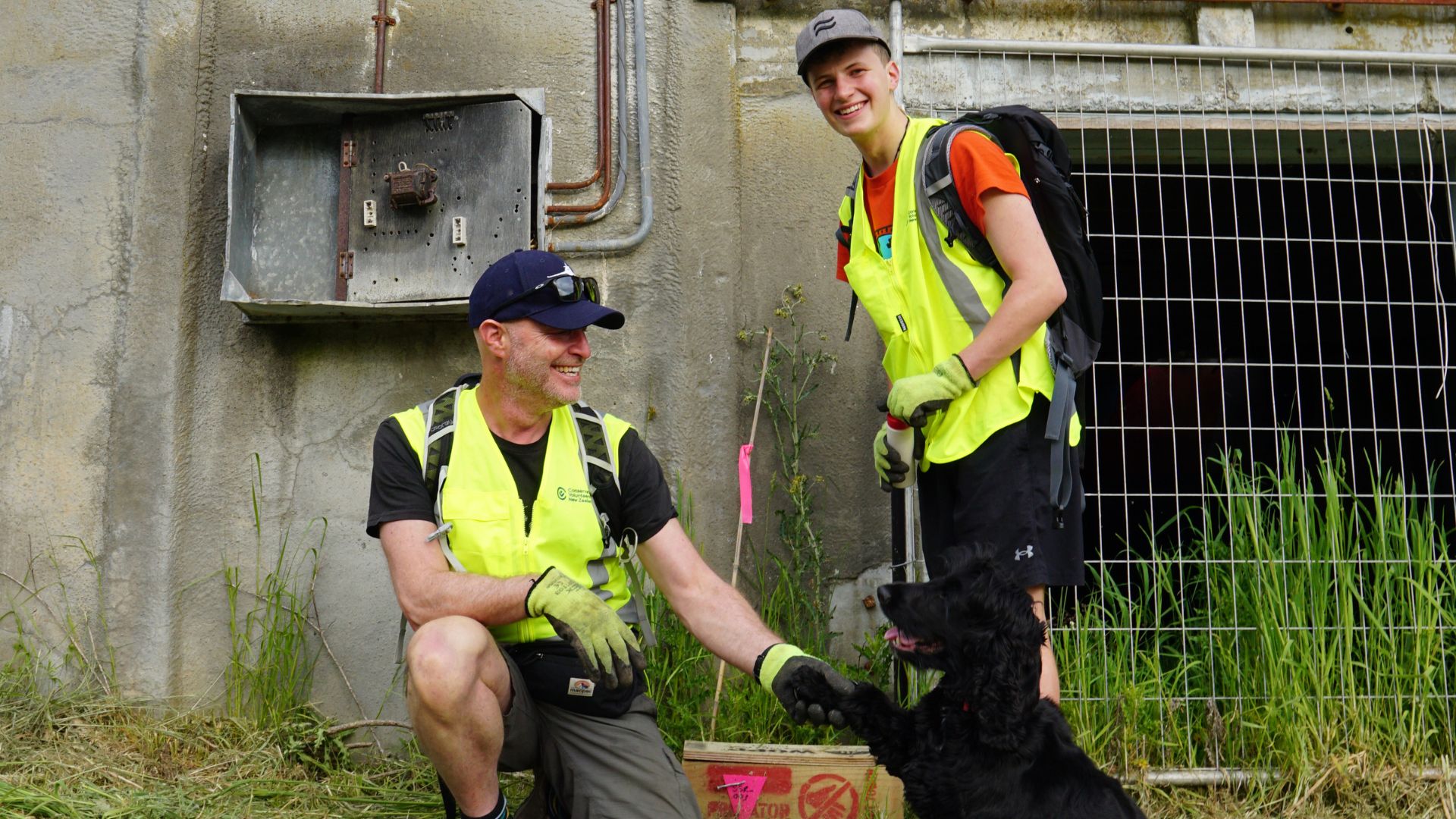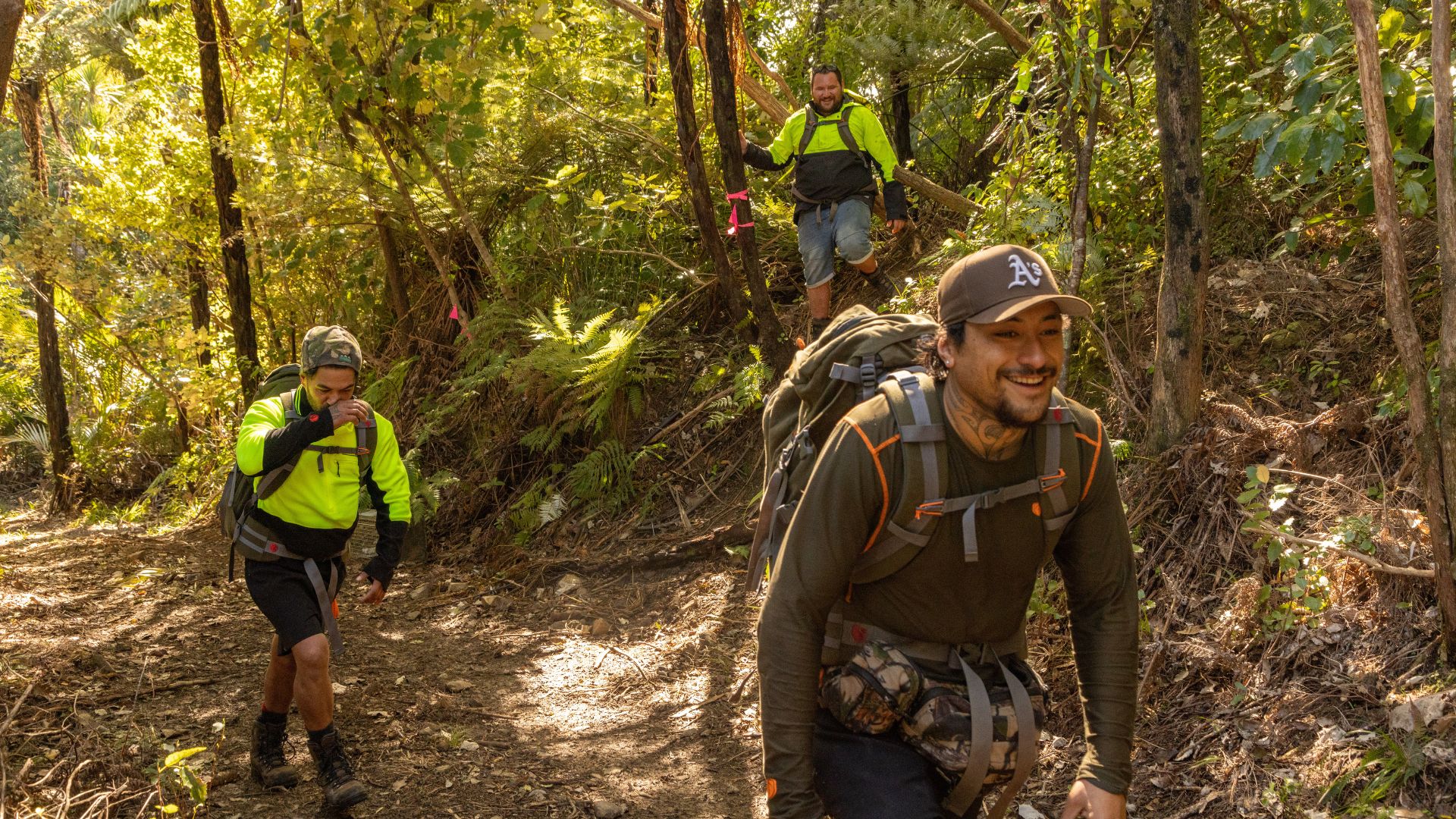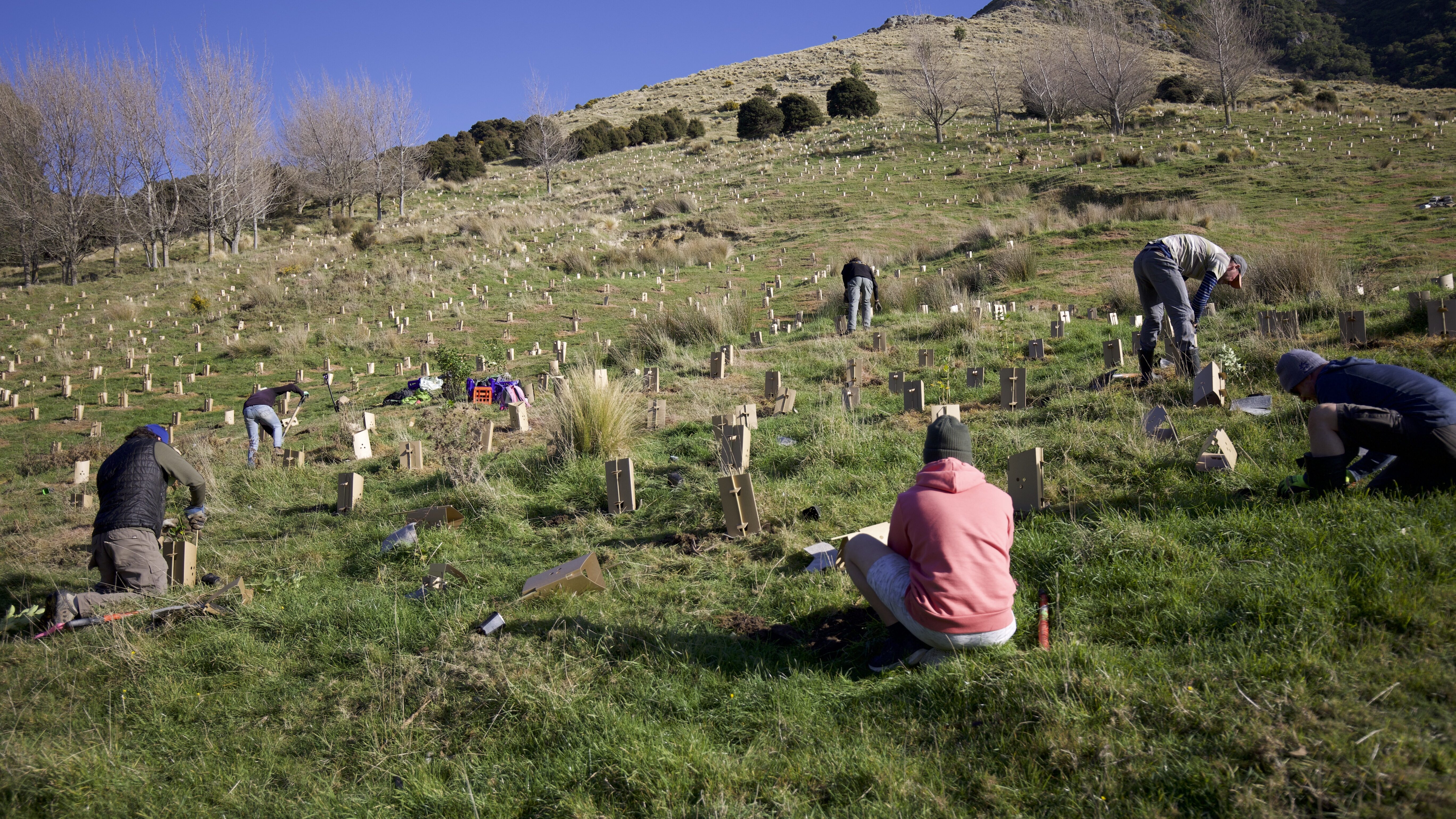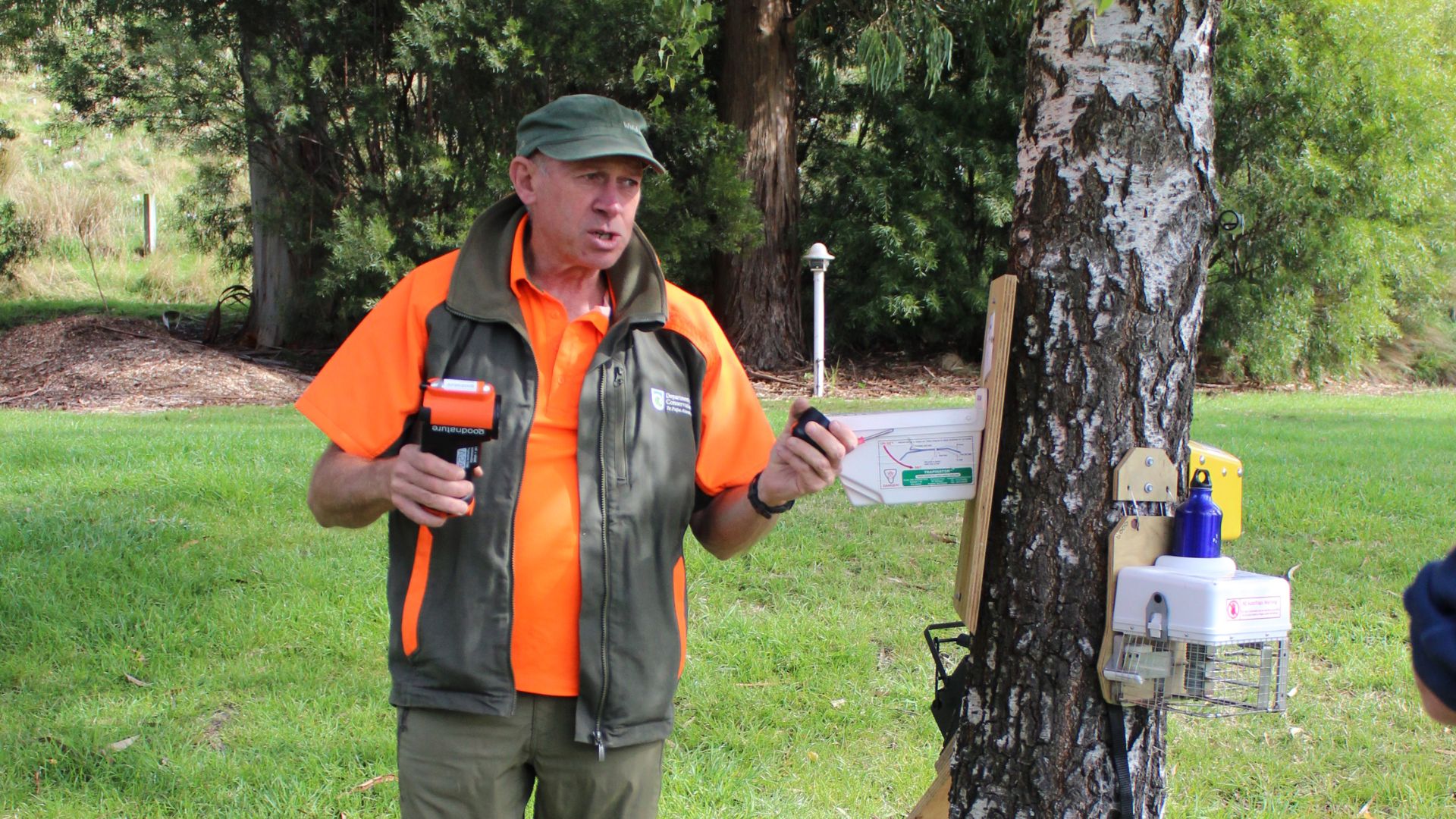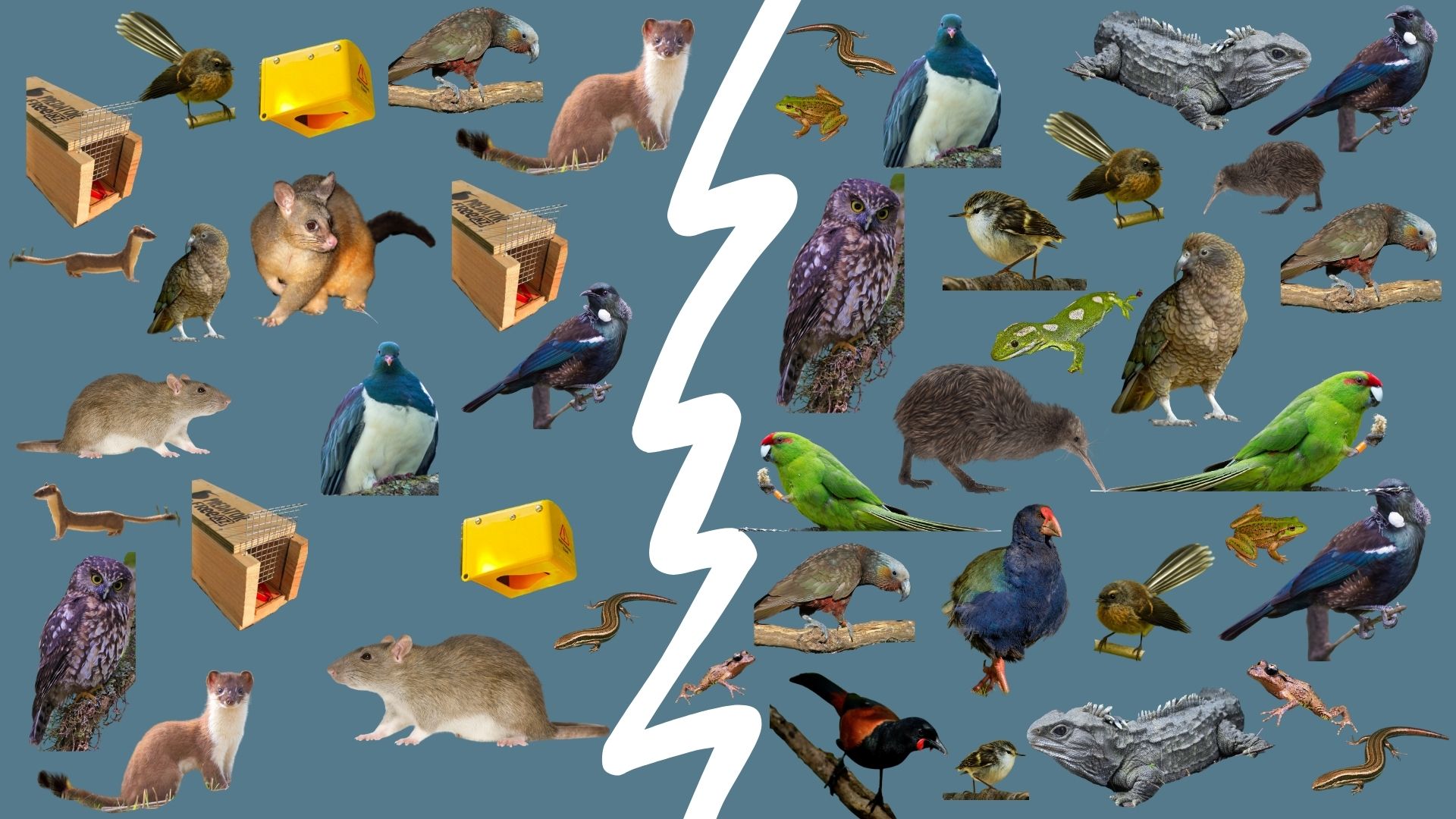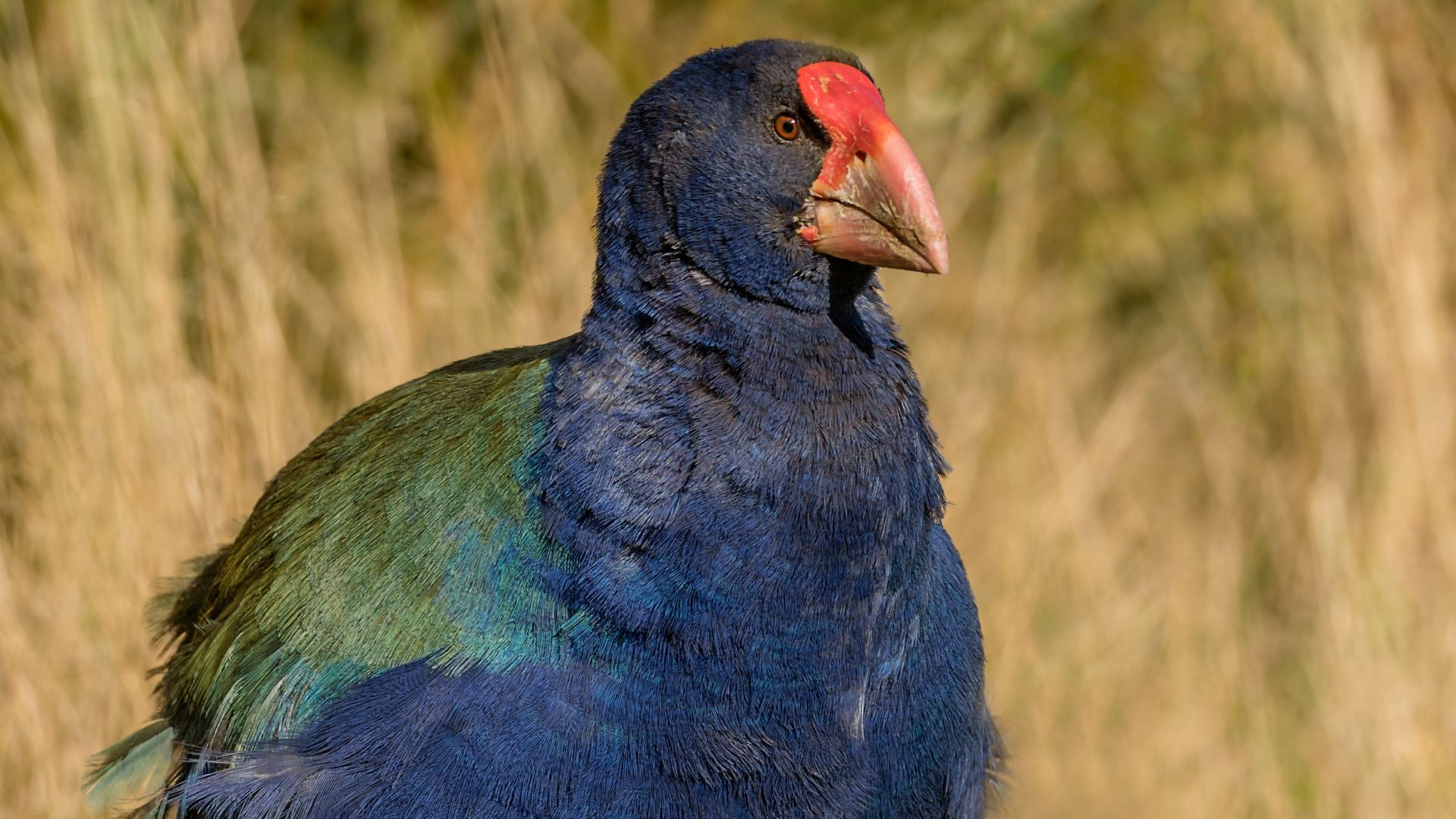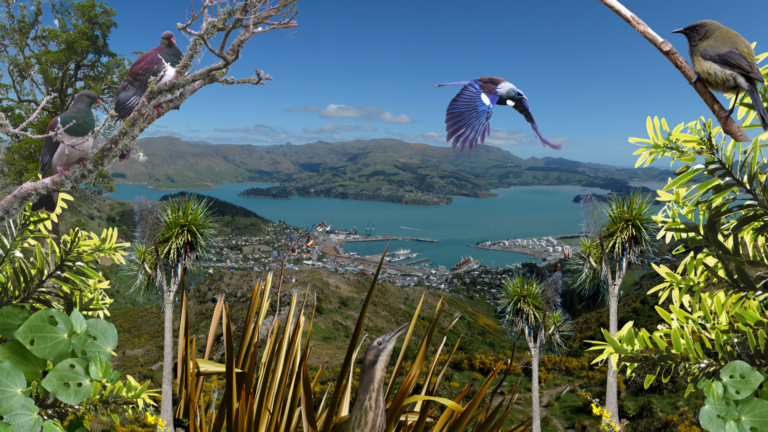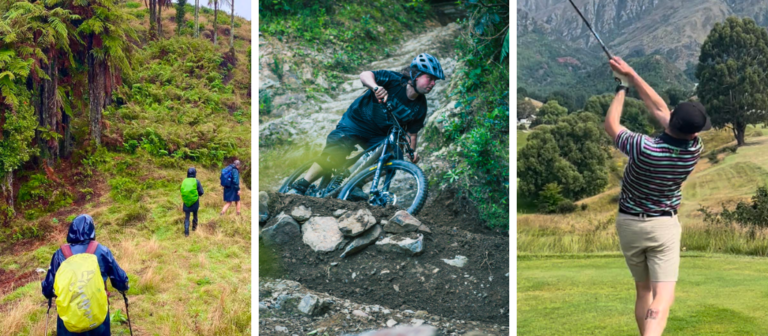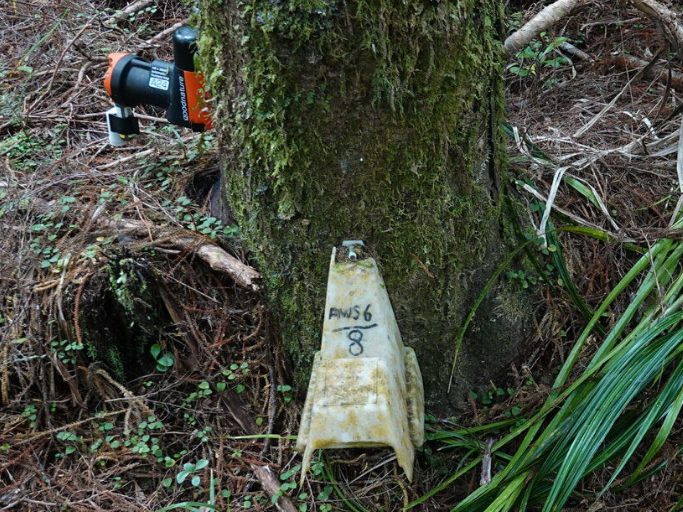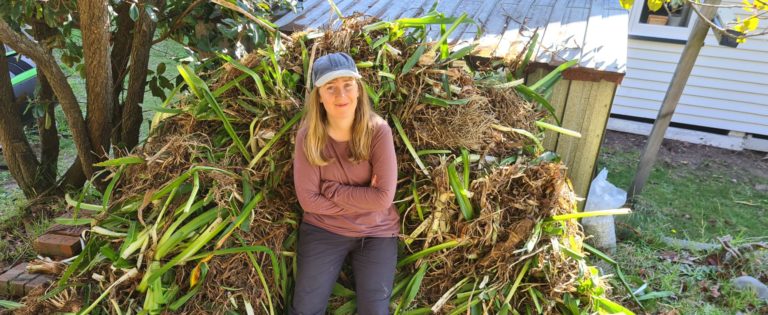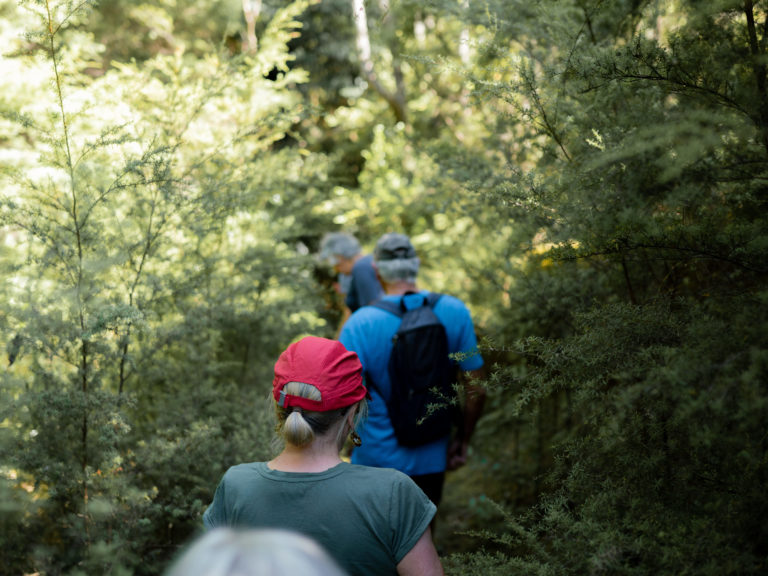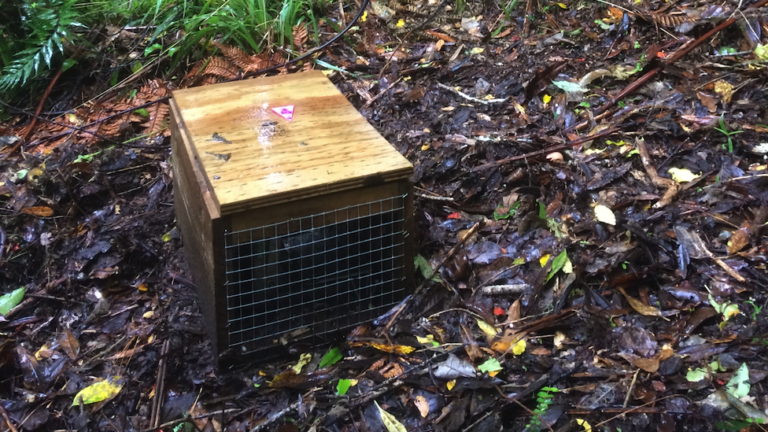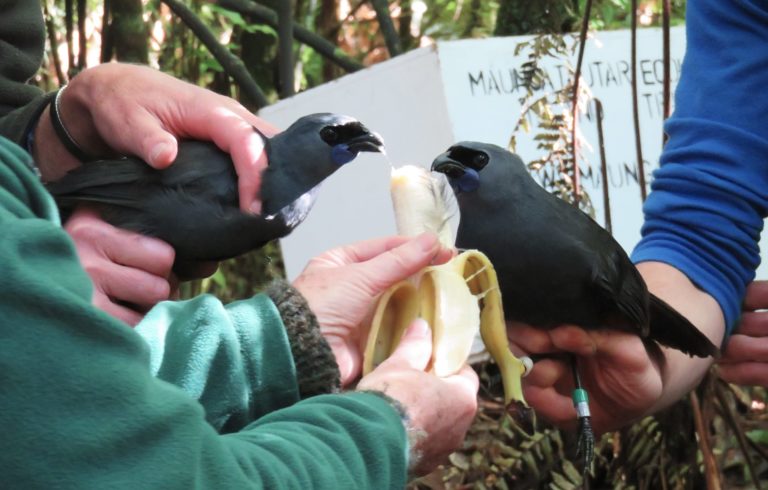Other articles written by Lily Duval
It’s business time: stoat mating mania and what you can do about it
Spring has sprung and the stoat mating frenzy has begun. From the moment they open their eyes as babies, female stoats are almost certainly pregnant.
Bonding for the birds: father and son trapping team
In Lyttelton Harbour, a story of family, nature, and the bond between a father, his son, and their furry companion unfolds.
Predator control mahi connecting tāngata and whenua
The kaupapa of Tū Mai Taonga is not only about breathing new life into the Aotea ngahere (forest); it’s reconnecting whānau with their whenua (land).
How to make sure your native plants take root
Winter is ideal for planting native plants. But young, fresh seedlings are like lollies for rabbits and possums. So, what can you do to protect your plants?
Attention: predator free ranger on the loose
Tim Exton spends his days connecting with local staff and community as the Department of Conservation’s (DOC) predator free ranger.
Suppression vs eradication – what’s the difference?
The words “suppression” and “eradication” get used a lot in the predator free movement. But what do these terms actually mean?
A dreamy new takahē book hits the shelves
Conservation success stories don’t get much more dramatic than the takahē. Takahē: Bird of Dreams covers 75 years of takahē conservation.
All go in the garden city: predator free groups rewild Ōtautahi
Imagine if you could redesign your town or city. Would you fill it with concrete and cars or native bush and birds?
Step, cycle and swing your way to predator free
Each weekend, we have fun trudging up mountains or hurtling down them on bikes. It’s no wonder many sports clubs are combining recreation with conservation.
Quick ways to improve your bait stations
Tamper-proof bait stations help you keep introduced predators under control and limit the amount of toxin that gets out into the environment.
Bug of the Year is finally here!
Birds tend to hog the spotlight here in Aotearoa New Zealand but did you know we also have a host of incredible insects, spiders and other invertebrates?
Garden of Holly: from weeds to wild wonderland
When wildlife photographer Holly Neill and her partner moved into their new home in late 2020, the garden was choked by weeds.
Highways, not byways: increase traffic to your traps
It can be tempting to pop your trap box or trapping tunnel off the main walking track. To get the most out of your trap, think “highways, not byways”.
Get the most out of your DOC 200 trap
Over the last couple decades, DOC200s have been put to the test up and down the country in harsh, rugged conditions.
Creating corridors for kōkako
The Kaharoa Forest near Rotorua is a kōkako stronghold. Thanks to predator control, bird numbers there have steadily risen, but to keep the population growing, the kōkako need more habitat.

